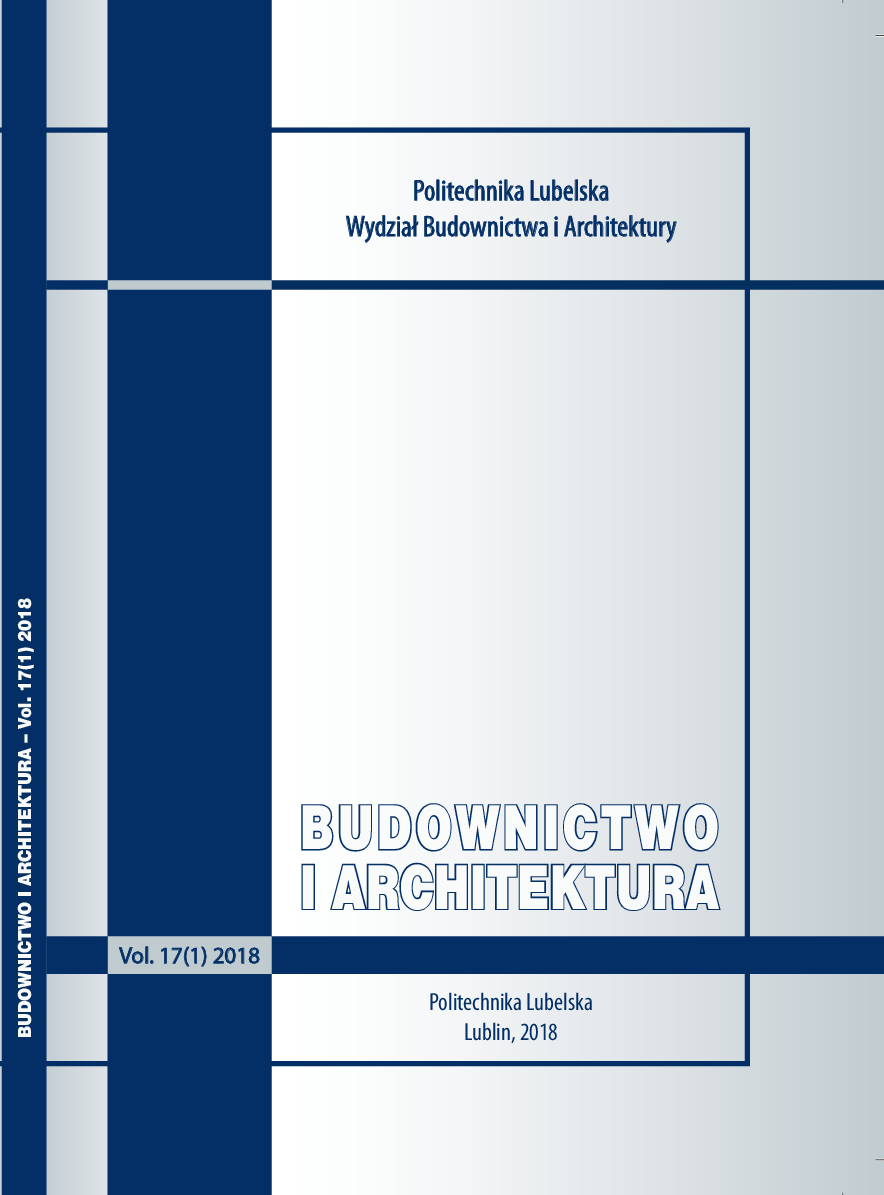Sakrum a Synergia
Sacrum versus synergy
Author(s): Jurij Kryworuczko, Bogusław PodhalańskiSubject(s): Fine Arts / Performing Arts, Architecture, Visual Arts
Published by: Biblioteka Politechniki Lubelskiej
Keywords: beauty; painting; sacrum; icon; architecture; Nowosielski; Niemczyk
Summary/Abstract: Art is the manifestation of beauty in the world of man, art which is expressed through the opening of the form. Form carries with it the content of its own form and the content that it addresses. Like form, content has its own form in which it expresses ideas and the proper concept of the idea itself. There exists the form of the content and the content of the content, just like there exists a form of the form and the content of the form. An artist works subconsciously, instinctively, spontaneously, emotionally, in a syncretistic manner – in order to create a complex mixture of both form and content which comprises his or her work, a work which is born into the world as an inseparable whole. In the profane arts, the shape of the form reflects its sensory, touchable, physical perception of its form. In religious arts, the form is a canon, inseparably tied to its content. From the form of the form (the canon) – (the face or hypostasis of a Saint) – through the content of the form (the sainthood of the person), through prayer (the form of the content) forms traverse into the sanctity of eternity of God (in the content of their content). This is the manner in which we can describe an icon, a holy painting from the point of view of its form and its content, and its role in life. Let us look at architecture in the same manner in which we look at icons. A painting in religious architecture is a complex structure, replete with semantic meaning, which is comprised of a comparison, synthesis, the context of methods, which are also characteristic of the Bible, and which correlate with the latest scientific multi-criteria of the multi-dimensional methods of perception. The article discusses the results of the analysis of the role of the painting as a resource that can be used to infuse the setting of a Christian temple with the element of sacrum and with the personal vision of its creator, based on the works of Jerzy Nowosielski and Stanisław Niemczyk.
Journal: Budownictwo i Architektura
- Issue Year: 16/2017
- Issue No: 1
- Page Range: 69-80
- Page Count: 12
- Language: Polish

